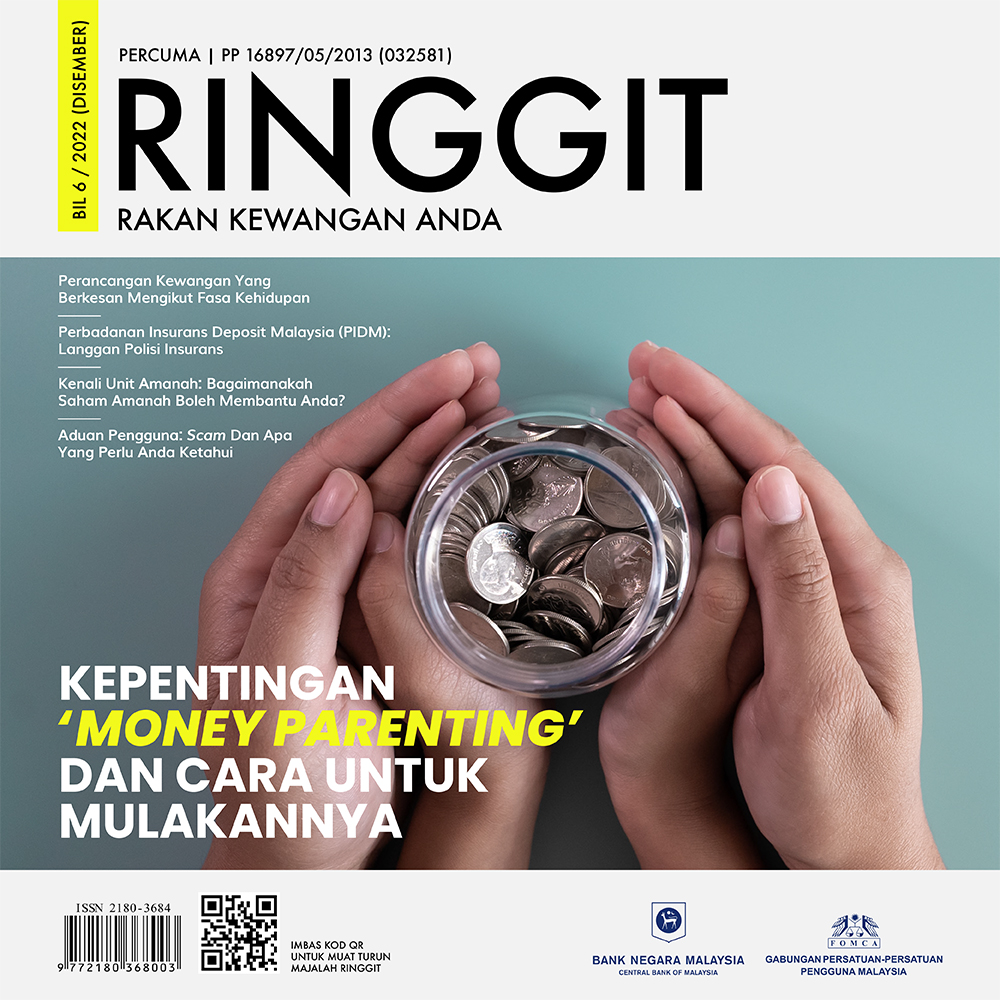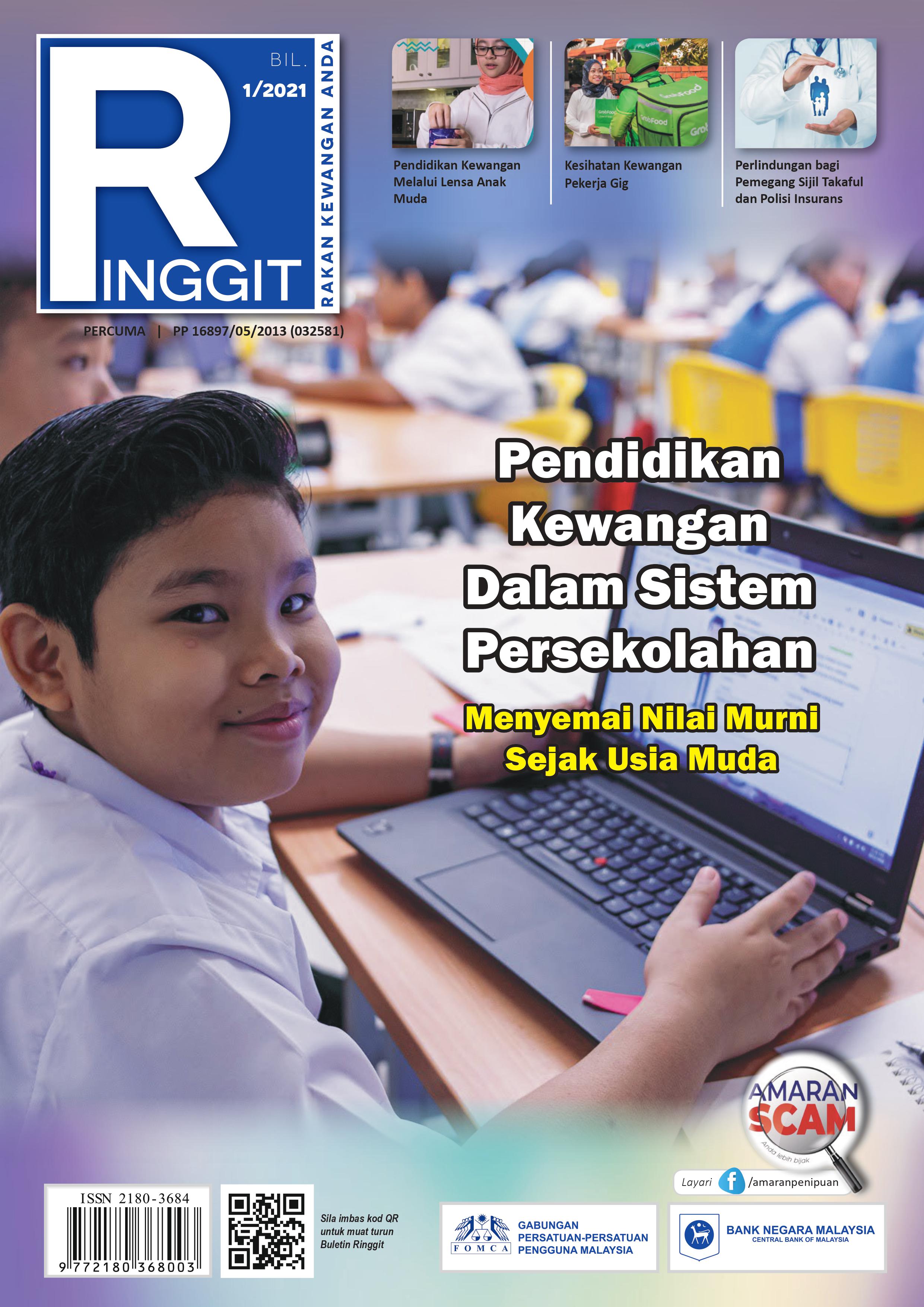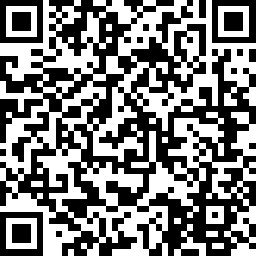KUALA LUMPUR: In just 10 days after Malaysia recorded its first case of 2019-nCoV coronavirus infection on Jan 25, 12 people have tested positive up to yesterday.The first three cases involved Chinese nationals who arrived in Johor from Singapore on Jan 23, while the most recent cases comprised two Malaysians evacuated from Wuhan, China, on Tuesday.Three Malaysians have tested positive for the virus, with the remaining cases involving Chinese nationals.Dubbed the Wuhan virus, in reference to the Chinese city of Wuhan in Hubei province where the virus was first detected, the virus has gripped the world in fear, with a growing threat to a country’s economy and its people’s wellbeing.
On Jan 30, the World Health Organisation declared a global health emergency as the virus poses a threat to countries with weak healthcare systems.This is not the first time that Malaysia had been shaken by a global health crisis.The first human Japanese encephalitis (JE) case (a vectorborne zoonotic disease caused by the Japanese encephalitis virus) was reported in Malaysia during World War 2 in a British prison in 1942.JE had four major outbreaks, namely in Langkawi in 1974, Penang (1988), Perak and Negri Sembilan (1998 - 1999) and Sarawak (1992).According to WHO, Malaysia has between nine and 91 reported cases of JE each year.
Between December 1998 and February 1999, the chikungunya virus (mosquito-borne togavirus belonging to the genus Alphavirus) was reported in Klang.The outbreak is said to be linked to areas with poor sanitation and refuse disposal.In November last year, 82 cases of chikungunya were reported within a month in Batang Padang, involving areas in Tapah and Bidor.It was also in 1999 that the deadly nipah virus, transmitted by bats, was recorded in Malaysia. The outbreak (September 1998 to May 1999) resulted in 265 cases of acute encephalitis with 105 deaths.
From 1986 to 2016, Malaysia recorded 111,916 HIV (human immunodeficiency virus/acquired immunodeficiency syndrome) transmission cases.The first reported cases of HIV infection were in 1986 with three cases, and the number rose to 6,978 in 2002. The number of new cases dropped to 3,397 in 2016.The H1N1 flu outbreak in 2009 was part of a larger flu pandemic involving a new type of Influenza A virus. During the first wave of infection, 14,912 cases were reported in the country from May 15, 2009 to June 4, 2010. In 2010, 88 deaths from the virus were recorded.Dengue remains the No. 1 infectious disease in the country. Dengue fever cases reached an all-time high, hitting 119,198 cases (about 359 new cases daily) with 162 deaths last year compared with 6,543 cases in 1995 with 28 deaths.
Although WHO had declared Malaysia polio-free in 2000, it made a comeback when a new case was reported in Sabah in December last year.This was the first reported case in 27 years in the country, with the last documented case in 1992 and the last outbreak in 1977, with 121 cases of wild polio.In 1994, WHO announced that leprosy had been eliminated in Malaysia.The Health Ministry’s data, however, showed that 214 cases were recorded in 2017 compared with 206 cases in 2016, with 13 new cases involving children in Kelantan, Pahang, Sabah and Terengganu.
Tuberculosis (TB) claims about 1,500 to 2,000 livesayear in the country, with an average of six deaths happening every day.WHO states that TB prevalence rate in Malaysia stood at 92 per 100,000 population.The ministry states that about 20,000 to 25,000 new TB cases are recorded in Malaysia each year.In 2017, 26,168 new cases were recorded, an increase of eight per cent compared with 24,220 cases in 2015.In November 2009, a cholera outbreak was reported in Kuala Terengganu that spread to several districts in the state in just a week. About 400 people were hospitalised.Malaysia is also no stranger to leptospirosis, a bacterial disease that infects those who have direct contact with the urine of infected animals. The number of cases peaked at 7,806 in 2014 with 92 deaths, an increase from 263 cases in 2004 with 20 deaths.
In June last year, a measles outbreak among the Orang Asli Batek tribe at Kampung Kuala Koh Orang Asli community in Gua Musang, Kelantan, was reported. It claimed 16 lives and was attributed to low immunisation coverage within the community.The 2002/03 SARS (Severe Acute Respiratory Syndrome) outbreak, caused by the SARS coronavirus, claimed 774 lives out of the 8,096 people infected globally after it was first detected in Beijing.Ten years later, the Middle East Respiratory Syndrome (MERS), a viral respiratory disease caused by a novel coronavirus (Middle East respiratory syndrome coronavirus, or MERSCoV) was first identified in Saudi Arabia in 2012.It infected more than 2,100 people in 27 countries, killing at least 740 people. Malaysia reported its first cases of MERS-CoV infection on Jan 2, 2018.








